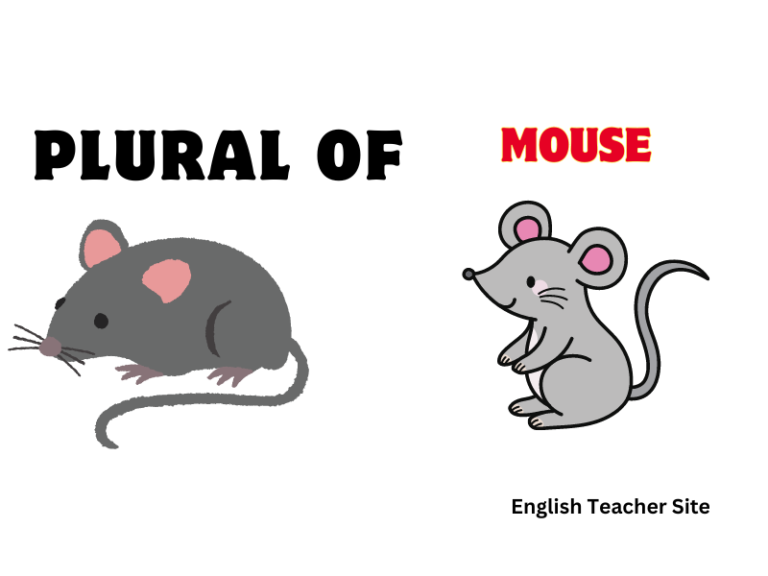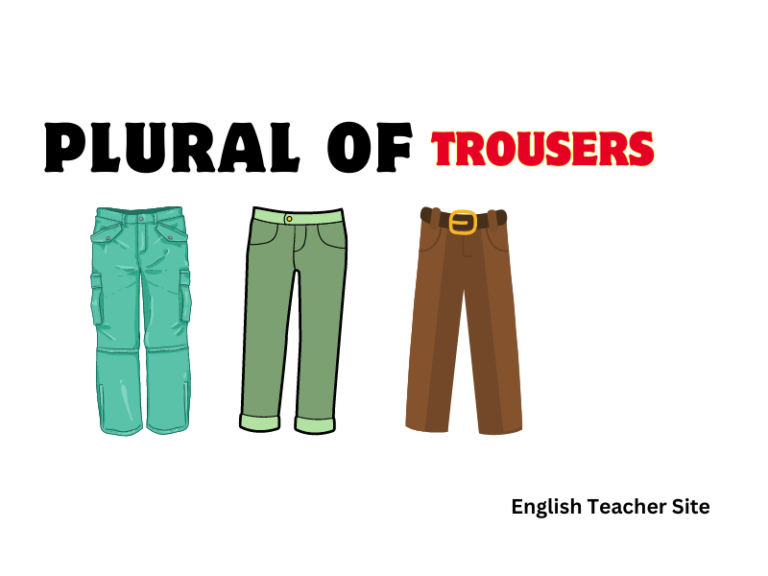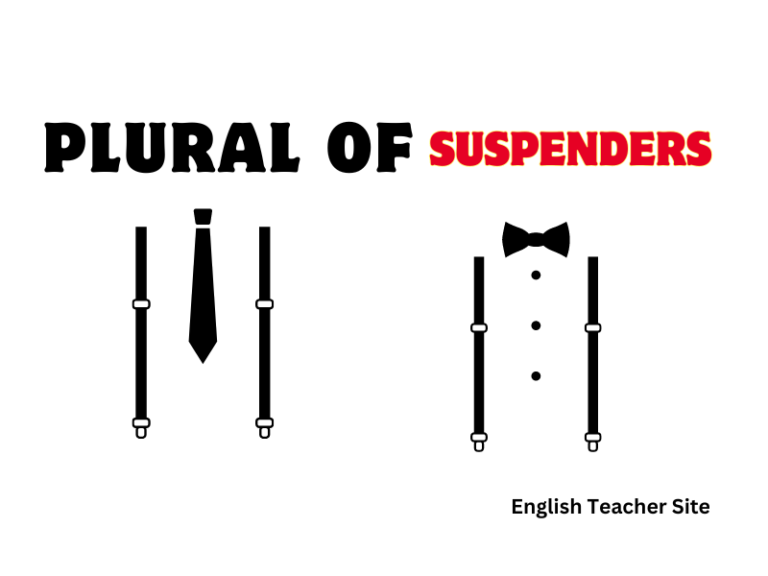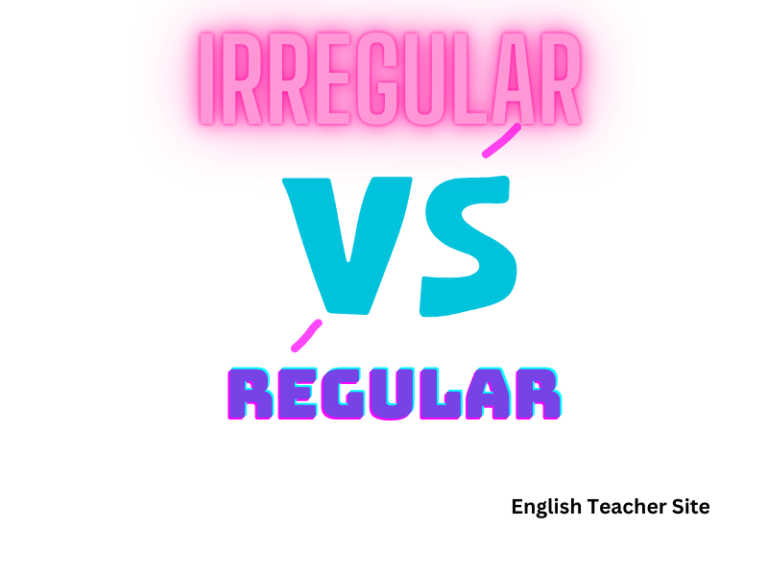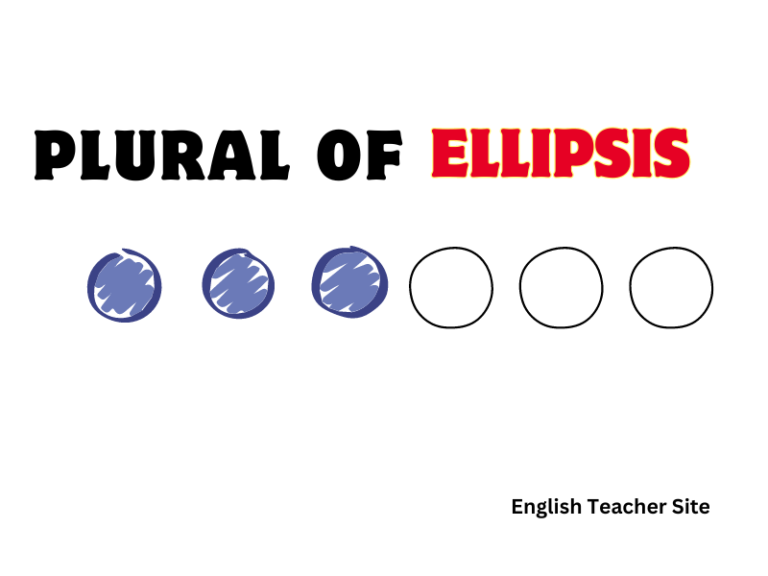What Are Collective Nouns: Distinguishing From Mass Nouns
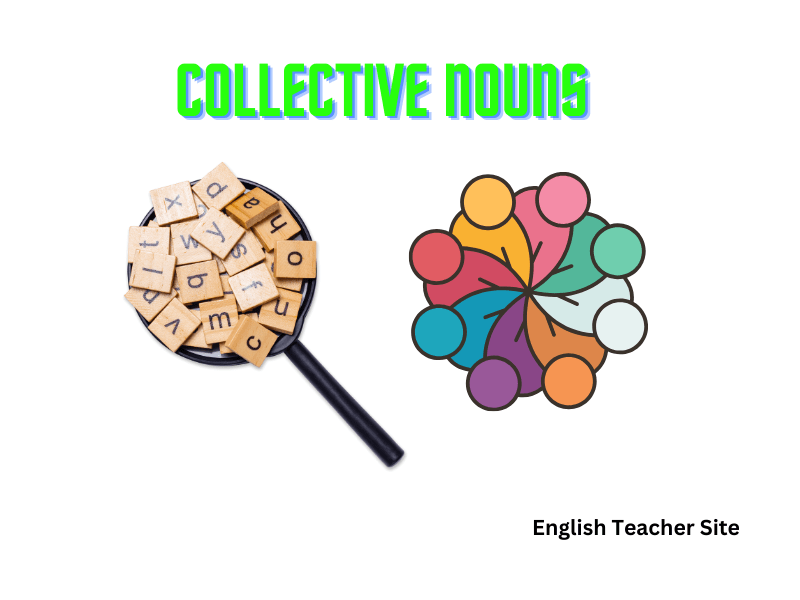
- Collective nouns describe groups as singular entities whereas mass nouns denote substances or concepts in bulk.
- Mass nouns remain singular and are quantified differently from collective nouns.
- Proper usage of these nouns is critical for grammatical accuracy and clear communication.
While collective nouns often pertain to groups of living beings and are treated as singular or plural based on context, mass nouns remain singular and require certain quantifiers to express amount or volume. Understanding the nuances of these nouns and their appropriate usage plays a crucial role in mastering English grammar. The distinction becomes particularly important when it comes to verb agreement and the overall coherence in communication.
Understanding Mass Nouns
Mass nouns, often referred to as uncountable nouns, describe substances or concepts that cannot be divided into individual elements or counted using numbers.
Differentiating Plural and Singular Nouns
Mass nouns are inherently singular because they represent a collective or indistinct amount rather than distinct units. They do not typically have a plural form and are used to express things that cannot be counted, like milk, air, or honesty.
A comparison between mass nouns and singular or plural nouns can be illustrated in two tables:
Table 1: Mass Nouns vs. Singular Nouns
| Mass Noun (Uncountable) | Singular Noun (Countable) |
|---|---|
| Rice | A grain of rice |
| Water | A drop of water |
| Art | A piece of art |
Table 2: Mass Nouns vs. Plural Nouns
| Mass Noun (Uncountable) | Plural Noun (Countable) |
|---|---|
| Equipment | Pieces of equipment |
| Furniture | Pieces of furniture |
| Clothing | Articles of clothing |
In sentences, mass nouns do not pair with the indefinite articles “a” or “an,” nor do they work with numbers directly. For instance, one would not say “two breads,” but rather “two slices of bread.” In contrast, countable nouns can be both singular, with the use of “a” or “an,” or plural, typically by adding “-s” or “-es” at the end, such as “a cat” or “three cats.”
- They often require units of measurement when a quantity is specified: a liter of water, a piece of information.
- They can be preceded by words like “some” or “much” to express an amount: some oxygen, much enjoyment.
- They can be categorized into different types, such as substances (water, air), abstract concepts (knowledge, happiness), and collective aggregates (furniture, equipment).
Understanding Collective Nouns
This section meticulously explores the nuances of collective nouns, highlighting their definitions, various examples, and common usage in sentences.
Definition
A collective noun is a term that represents a group of individuals, animals, objects, or concepts as a singular entity. Despite referring to multiple items, a collective noun is treated as a singular unit when it comes to verb agreement and pronoun reference.
| Singular Form | Plural Form | Notes |
|---|---|---|
| A flock | Flocks | Used for birds or sheep. |
| A team | Teams | Common for sports or work groups. |
| A bundle | Bundles | Refers to a collection of things tied together. |
Examples
To better understand collective nouns, here are several instances categorized by their application:
People Groups: Use of a collective noun such as ‘committee’ simplifies referring to a group of individuals working together towards a common goal.
- Board: A group of directors.
- Choir: A group of singers.
Animal Groups: Collective nouns often have unique and historical terms especially for animal groupings, adding to the richness of the language.
- Pride: A family of lions.
- School: A group of fish.
Object Groups: Objects or things that are collected together are often referred to by specific collective nouns.
- Set: A collection of items that are related or part of a group.
- Cluster: A group of similar things or people positioned closely together.
Usage in Sentences
Below are examples showcasing the correct usage of collective nouns in sentences:
Singular Collective Noun: When the group acts in unison or as a whole, the collective noun is treated as singular.
- The team wins their games through excellent coordination.
Plural Collective Noun: When members of the group perform actions individually, the collective noun can be treated as plural.
- The team argue among themselves about the best strategy.
In practice, collective nouns provide a concise and collective descriptor for groups, ensuring that communication is clear and efficient. They are a testament to the flexibility and adaptability of the English language, offering speakers a range of expressions to suit different contexts.
Collective Nouns vs Mass Nouns
In exploring the nuances of English grammar, a clear understanding of collective nouns and mass nouns is essential. Collective nouns refer to groups composed of members, whereas mass nouns denote uncountable substances or concepts.
Differences
| Feature | Collective Nouns | Mass Nouns |
|---|---|---|
| Countability | Can be counted; e.g., one team, two teams | Cannot be counted; e.g., much water |
| Examples | Army, jury, fleet | Rice, sand, water |
| Plurality | Can be singular or plural | Usually singular |
| Verb Agreement | Singular or plural depending on collective action | Singular |
Collective nouns are specific in that they describe a group acting singularly (a committee decides) or as individuals (the committee have different opinions). Contrastingly, mass nouns remain inherently singular because they represent a whole that isn’t easily divided into discrete units. This distinction affects verb agreement, as collective nouns may require singular or plural verbs, but mass nouns almost always pair with singular verbs.
Similarities
- Both collective and mass nouns can be modified by quantifiers: a team, a bit of information.
- Neither fits well with numbers directly; one does not say two informations or three staffs.
- Can be used abstractly to describe a collection or accumulation of something, be it people in the case of collective nouns, or an amount of substance or degree of a concept, like knowledge or beauty, when referring to mass nouns.
Mass Nouns vs. Plural-Only Nouns
In English grammar, mass nouns and plural-only nouns serve distinct purposes and follow different usage rules. Mass nouns, also known as non-count nouns, refer to substances or concepts that cannot be counted individually. They typically denote a collective or amorphous quantity of matter like milk, information, or furniture and generally do not have a separate plural form. On the other hand, plural-only nouns refer to those terms that appear exclusively in their plural form and denote items that are naturally or traditionally considered in pairs or sets, such as scissors, trousers, or glasses.
Characteristics of Mass Nouns:
- Usually, do not have a plural form.
- Paired with singular verbs.
- Quantified with words such as “some,” “much,” or “little.”
Characteristics of Plural-Only Nouns:
- Always used in their plural form.
- Paired with plural verbs.
- Quantified with words such as “several,” “pairs of,” or “sets of.”
Below is a concise comparison in tabular form to illustrate these differences:
| Mass Nouns | Plural-Only Nouns |
|---|---|
| singular verb | plural verb |
| no plural form | always plural |
| “much” or “little” | “several” or “pairs” |
Let’s look at examples of each:
Mass Nouns:
- Rice
- Water
- Honesty
Plural-Only Nouns:
- Binoculars
- Pants
- Goggles
Mass nouns can sometimes be used with a plural verb if they are considered in terms of discrete units. For instance, “The cheeses of France vary widely in taste.”
Plural-only nouns, while always in plural form, may refer to a single item, as in “Those scissors are sharp.
My name is Khamis Maiouf. I am the creator of the English Teacher Site, dedicated to providing valuable resources and insights for students around the world. With a passion for education and a commitment to helping students enhance their skills, I aim to make English teaching more effective and enjoyable for both educators and students.

